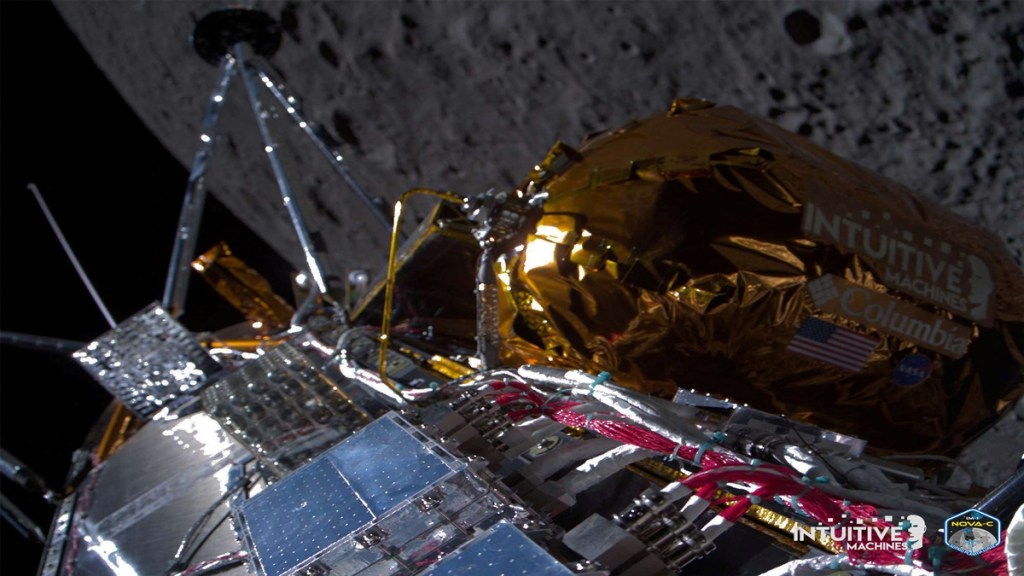The Odysseus spacecraft has etched its name in history with its triumphant lunar landing! NASA’s private lander accomplished a historic lunar landing on Thursday, marking the first such achievement by an American craft in over five decades, a feat made possible by the swift action of ground engineers and a crucial intervention from a NASA payload. This success has also positioned Intuitive Machines (IM), the commercial enterprise behind the Nova-C lander, as the pioneering private venture to achieve a successful lunar touchdown.
The hiccup before lunar landing
Before its descent, Intuitive Machines, the developer behind the Odysseus lunar lander, disclosed that vital components of the vehicle’s navigation system were malfunctioning. Thankfully, NASA had an experimental instrument aboard Odysseus that could seamlessly replace the faulty equipment, ensuring the mission’s success.
US makes a comeback in soft lunar landings
This event signifies the United States’ return to soft lunar landings since the Apollo era in 1972, underscoring a significant milestone in space exploration. Notably, this achievement follows India’s successful Chandrayaan-3 mission, which marked the country’s maiden soft landing on the lunar surface in August 2023.
Intuitive Machines CEO Steve Altemus during the live webcast, expressed relief and pride in the accomplishment. While the exact status of the lander remains unclear, the company has confirmed its successful contact with the moon.
Odysseus’ landing site
The chosen landing site for Odysseus near Malapert A, an impact crater near the moon’s south pole, offers a relatively flat and safe region within the heavily cratered southern highlands visible from Earth, according to NASA. Despite encountering communication troubleshooting moments before landing, the lander persisted, with Intuitive Machines flight controllers receiving a faint but reassuring signal.
The United States, having pioneered human lunar landings, maintains its status as the sole nation to have achieved this feat, with the Apollo 17 mission in 1972 marking its most recent venture. NASA’s decision to select this landing site for Intuitive Machines’ inaugural mission reflects its intent to gather vital information about the lunar environment and communications infrastructure, laying the groundwork for future lunar exploration endeavors.


